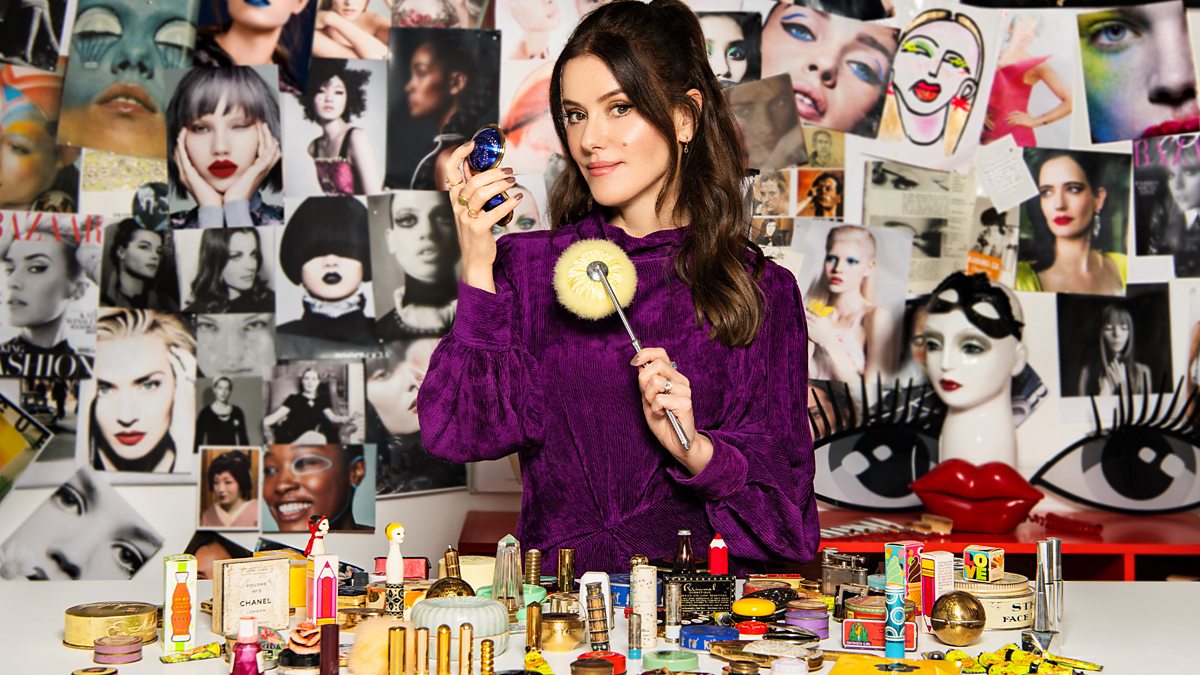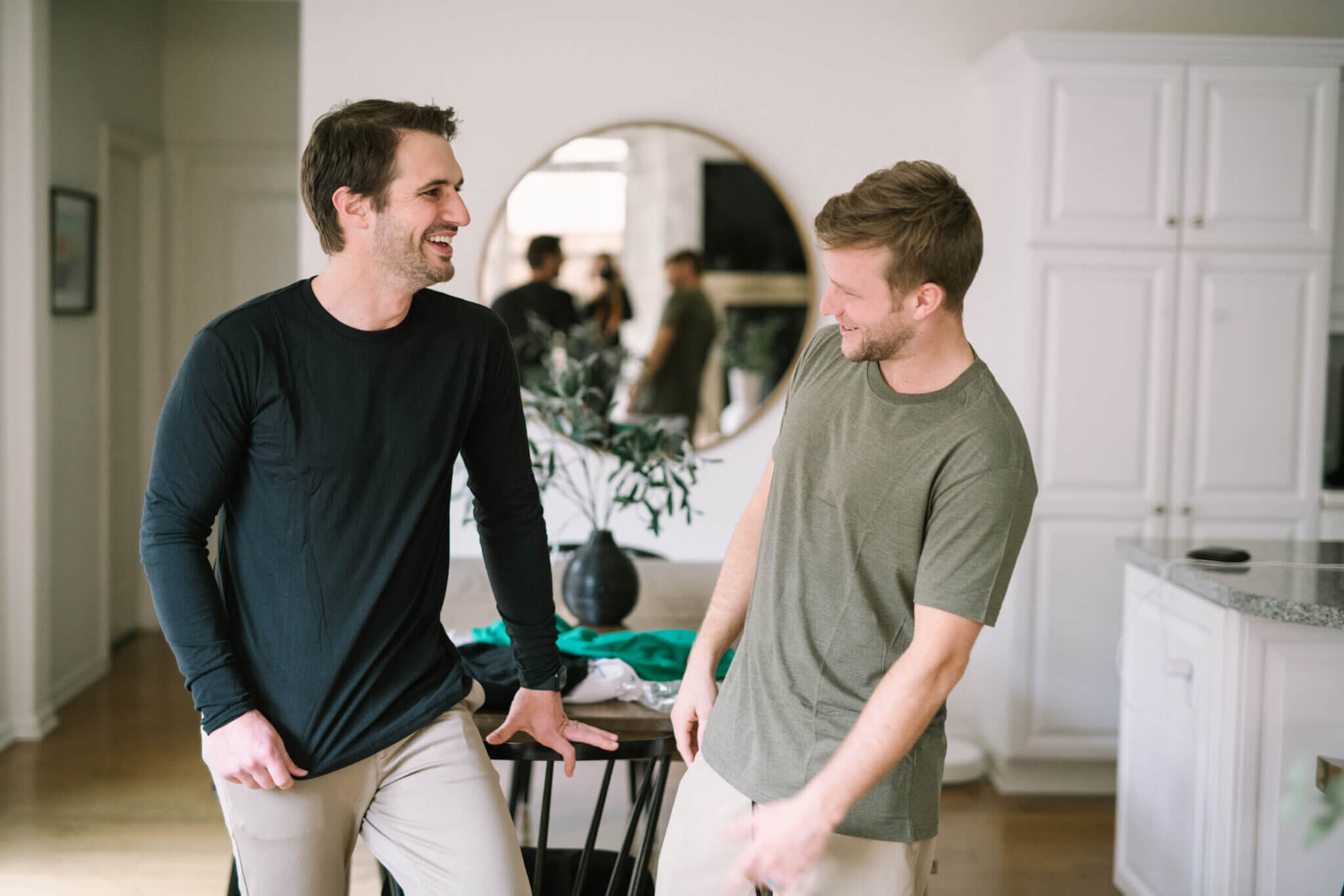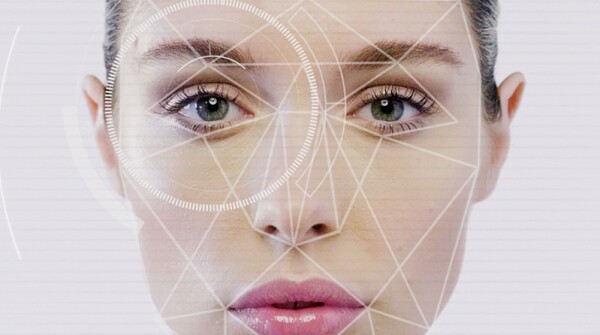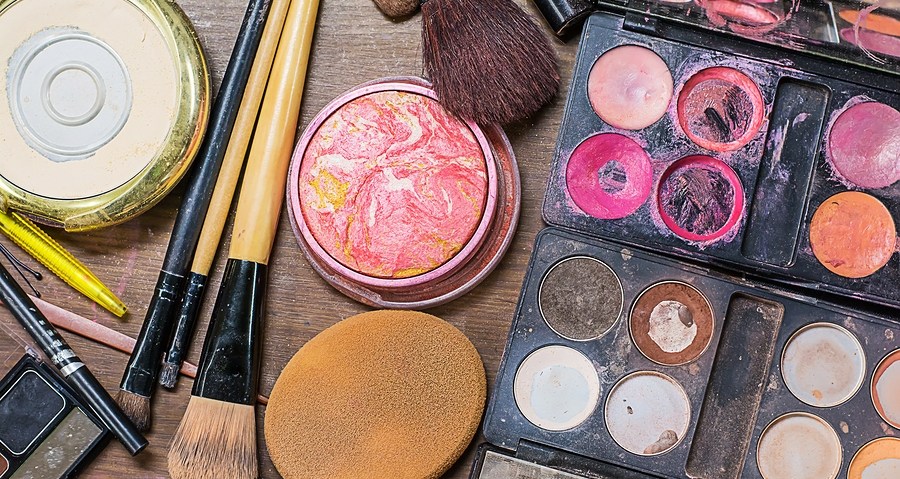Makeup has been an integral part of human culture for thousands of years, evolving from its ancient origins to modern-day trends. The history of makeup is a fascinating journey that spans across time, continents, and cultures. From its symbolic significance in ancient Egypt to the innovative trends of the 21st century, makeup has served various purposes, from enhancing beauty to expressing individuality. In this article, we will explore the rich and diverse history of makeup, from its inception to contemporary developments.
Ancient Beginnings: Egypt and Mesopotamia
The origins of makeup can be traced back to ancient civilizations, with ancient Egypt being one of the pioneers in cosmetics. Egyptian men and women used makeup for both aesthetic and symbolic reasons. They believed makeup had protective and magical properties, using kohl, a black substance made from minerals, to line their eyes to ward off the “evil eye.” Additionally, they adorned themselves with vibrant eyeshadows, lip tints, and facial pigments made from various minerals and natural dyes.
In Mesopotamia, around 3500 BCE, the Sumerians and Akkadians also embraced cosmetics. They created the first known recipe for lipstick, consisting of crushed gemstones and pearls mixed with oils to create colorful lip balms. Makeup was associated with status and societal hierarchies, with different social classes using distinct makeup styles.
Classical Greece and Rome: Natural Beauty
Contrary to the elaborate cosmetics of the ancient Egyptians, the classical Greeks and Romans preferred a more natural look. They valued clear skin and minimalistic makeup, often using natural ingredients like olive oil and crushed berries to enhance their features. The emphasis was on achieving a more understated beauty, with clear and radiant complexions.
Medieval Europe: A Shift in Perception
The Middle Ages saw a significant shift in the perception of makeup in Europe. Initially, makeup was associated with promiscuity and sin, and its use was largely condemned by the Church. However, as time passed, the Renaissance period brought about a renewed interest in cosmetics, with Queen Elizabeth I of England famously using lead-based makeup to achieve a pale complexion. While these makeup products were often toxic, they demonstrated the evolving beauty standards of the time.
The 18th and 19th Centuries: Victorian Elegance
The 18th and 19th centuries marked a return to more natural-looking makeup, though with a different approach. The Victorian era was characterized by pale skin, rosy cheeks, and subtly defined eyes and lips. To achieve this look, women often used lead-based products, which could be hazardous to their health. The emergence of department stores in the 19th century also made makeup more accessible to the general public.
The 20th Century: Innovation and Liberation
The 20th century brought about significant changes in the world of makeup. The advent of cinema and photography influenced beauty trends, as makeup became crucial for both stage and screen. Iconic figures like Marilyn Monroe popularized the red lipstick, while the 1920s saw the rise of the “flapper” style with bold eye makeup and dark lip colors.
The 1960s and 1970s brought the counterculture movement and a focus on self-expression, with psychedelic eye makeup and bright lip colors gaining popularity. The feminist movement of the 1970s challenged traditional beauty standards, encouraging women to embrace natural beauty and reject overly artificial makeup.
Modern Makeup Trends: Diversity and Inclusivity
The 21st century has witnessed an evolution in makeup trends that focus on diversity and inclusivity. There is a growing emphasis on makeup products that cater to a wide range of skin tones and types. The beauty industry has also seen a shift towards cruelty-free and environmentally sustainable products.
Social media platforms, especially Instagram and YouTube, have democratized makeup artistry, allowing individuals to showcase their creativity and talent to a global audience. Makeup artists like Pat McGrath and Huda Kattan have risen to fame, and makeup brands are collaborating with influencers and celebrities to create inclusive product lines.
In conclusion, the history of makeup is a story of constant change and evolution. From its origins in ancient Egypt and Mesopotamia to the diverse and inclusive trends of the 21st century, makeup has been a reflection of culture, society, and individual expression. It has served as a tool for beauty enhancement, cultural symbolism, and self-expression throughout the ages, leaving a vibrant and colorful legacy for generations to come.





